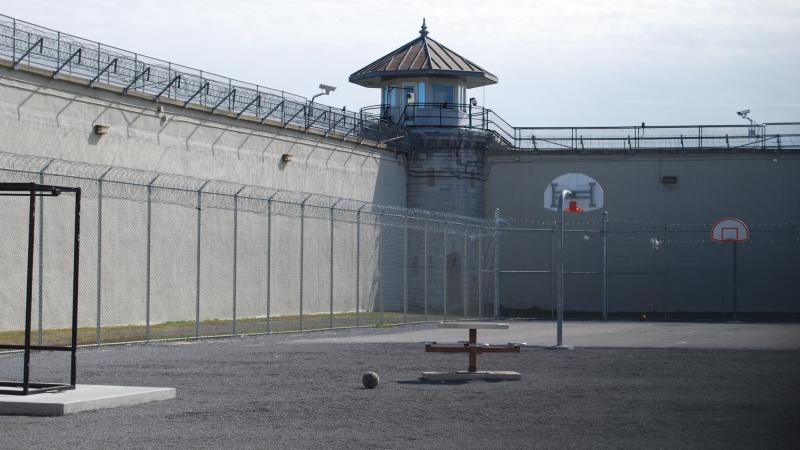Infographic: How Does Prison Release Indeterminacy Affect Prison Population Size?

Indeterminacy in prison sentences refers to the unpredictability of the actual length of time that will be served in prison compared to the length of the sentence pronounced by the judge. It reflects the degree to which back-end authorities – mainly parole boards and prison officials from the department of corrections - can modify the length of the prison term once a judicial sentence has been finalized. Parole board members affect sentence length by choosing when to release people in between their parole eligibility date and their judicial maximum term. Similarly, prison officials affect sentence length through the administration of earned-time and good-time credits, which can change the parole eligibility date and/or the mandatory release date.
These informal and often low-visibility decisions are a critical part of overall prison policy, and cumulatively, can have a tremendous impact on prison population size. Indeterminacy exists along a continuum and is found, to some extent, in all state sentencing systems – even those that have determinate sentencing regimes. Work by Reitz and colleagues shows that American states differ dramatically in the degrees of indeterminacy that are built into their prison sentences. They also differ in how they divide up release discretion within the reservoir of discretion created by indeterminacy. In some states, parole boards are extremely powerful. In others, the department of corrections is the major player. There is no American consensus over how back-end authority over time served should be arranged or used.